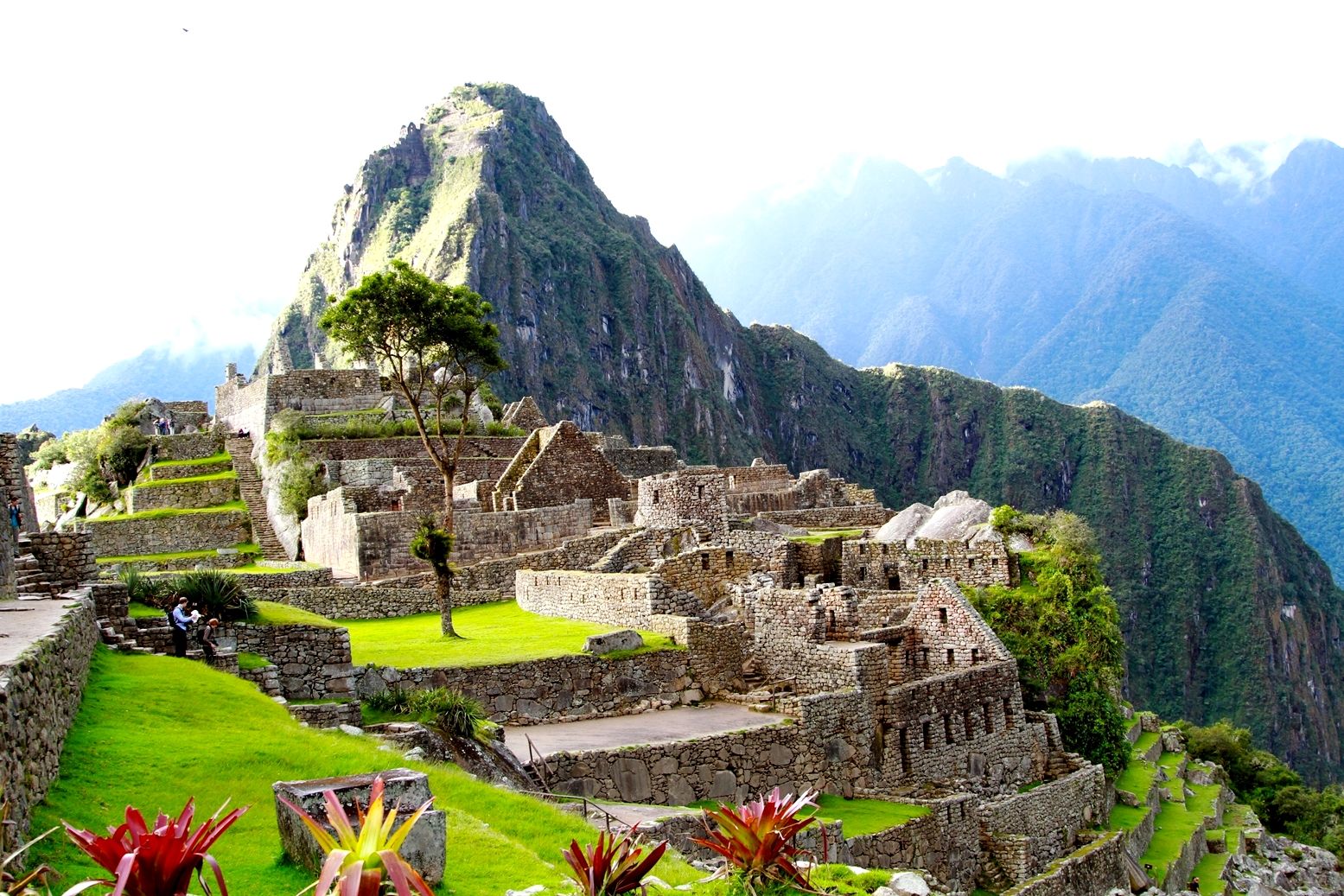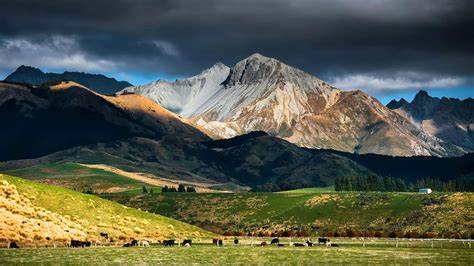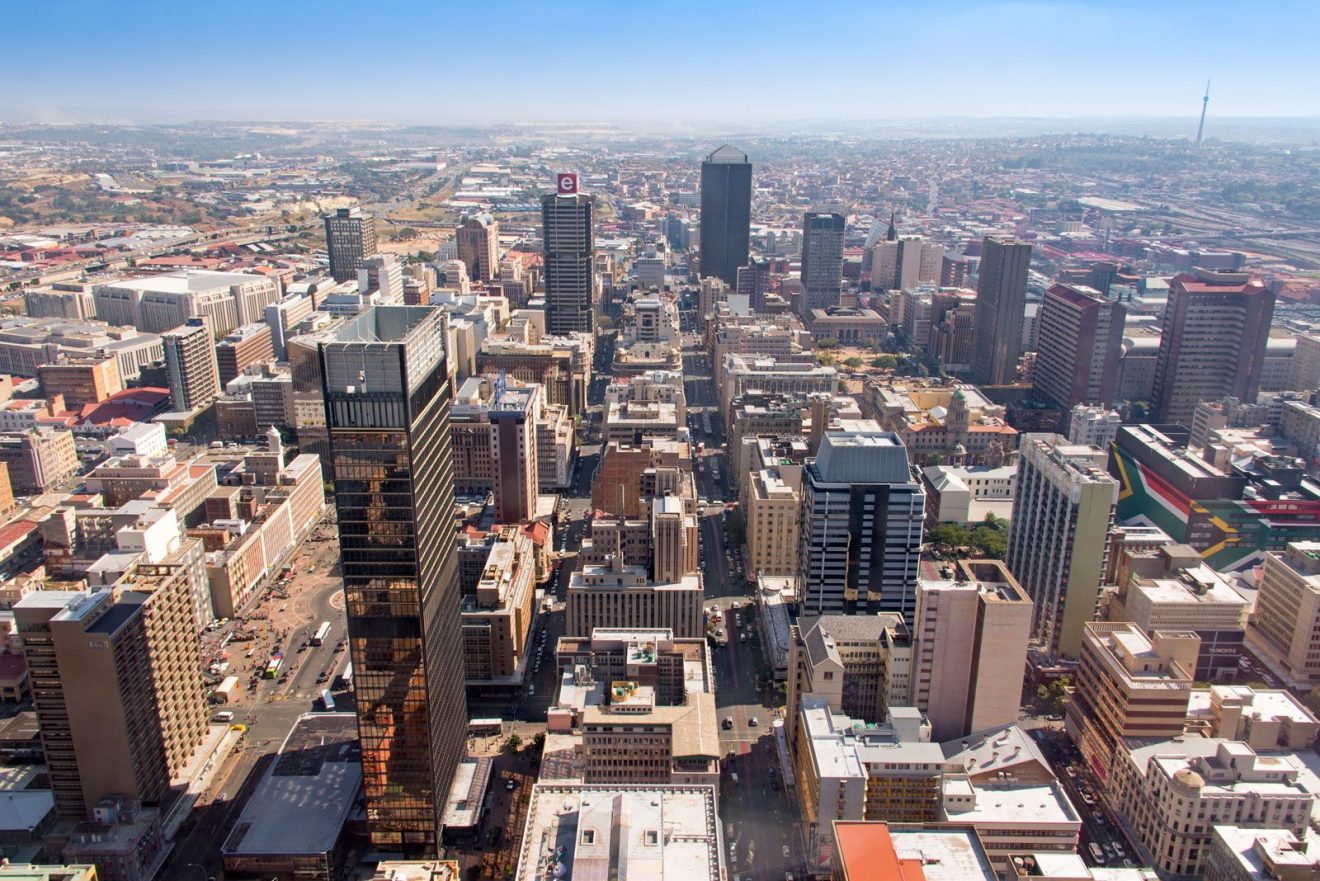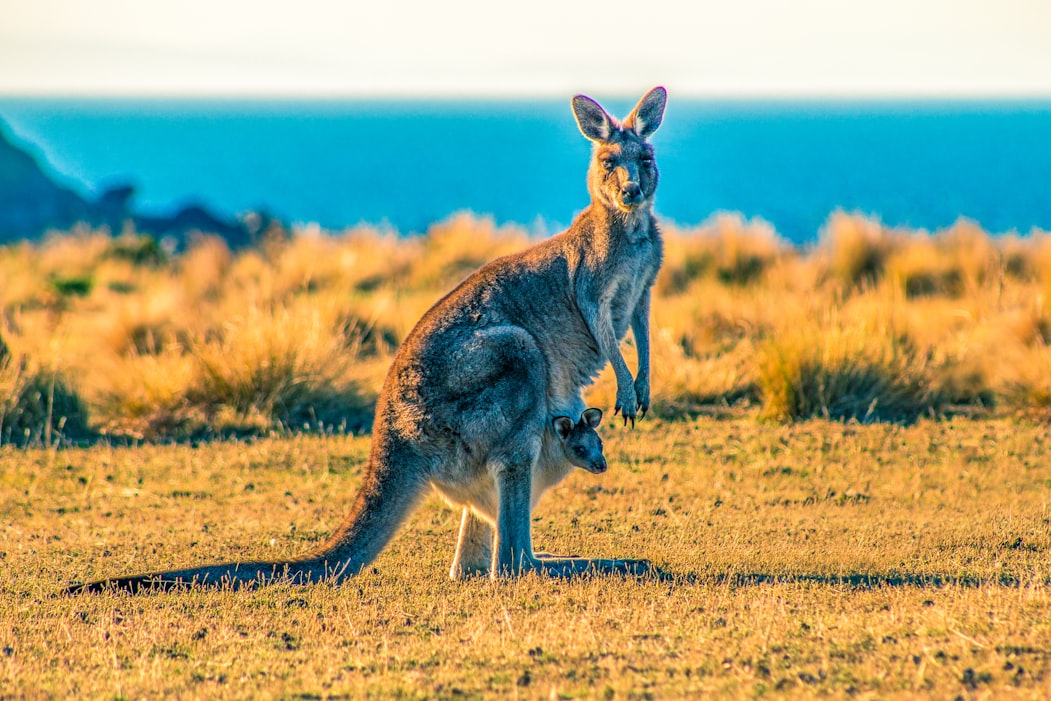Peru is a country rich in history, culture, and natural beauty. Known for its ancient civilizations, majestic mountains, and vibrant cities, Peru offers travelers a unique and diverse experience. From the mystical Machu Picchu to the bustling streets of Lima, Peru is a place where past and present coexist, creating an unforgettable adventure for every traveler.
Machu Picchu: The Lost City of the Incas
No visit to Peru is complete without experiencing Machu Picchu, one of the most iconic archaeological sites in the world. Perched high in the Andes Mountains, this ancient Incan citadel is a UNESCO World Heritage Site and a wonder of the world. The exact purpose of Machu Picchu remains a mystery, but it is believed to have been a royal estate or religious site.
Visitors can reach the site by trekking the Inca Trail, a four-day hike through stunning Andean landscapes, or by taking the train to Aguas Calientes, followed by a short bus ride to the site. Once at Machu Picchu, explore the complex of temples, terraces, and plazas while taking in the breathtaking views of the surrounding mountains and valleys.
Cusco: The Heart of the Inca Empire
Cusco, the former capital of the Inca Empire, is often considered the heart of Peru’s cultural heritage. The city is a blend of ancient Incan history and colonial Spanish architecture, with cobblestone streets, charming plazas, and impressive ruins scattered throughout.
A visit to the Sacsayhuamán ruins, just outside of Cusco, offers an opportunity to witness the remarkable engineering skills of the Incas, with massive stones perfectly fitted together. The Qorikancha (Temple of the Sun) is another must-see, with its golden walls and intricate carvings that once dazzled the Incas.
The Plaza de Armas is the city’s main square, where you can visit the Cusco Cathedral and enjoy local food at one of the many restaurants. Cusco is also a gateway to many other fascinating Incan sites, such as Ollantaytambo and Pisac, both of which offer incredible views and historical significance.
The Sacred Valley: A Land of Agricultural Heritage and Stunning Landscapes
The Sacred Valley, located between Cusco and Machu Picchu, is a lush, fertile region dotted with Incan ruins, traditional villages, and terraced fields. The valley is named after its spiritual and agricultural importance to the Inca people, who considered it sacred.
The town of Urubamba is a great base for exploring the Sacred Valley. From here, you can visit Moray, an ancient Incan agricultural research station with concentric terraces used to experiment with crop cultivation. Maras is another nearby attraction, where you can see the famous salt mines that have been used since Incan times.
Chinchero, a small village in the valley, is known for its traditional weaving techniques, and you can visit local artisans who create beautiful textiles using ancient methods. The Inca terraces at Pisac are also worth a visit, with their impressive agricultural systems that still produce crops today.
Lake Titicaca: The Sacred Lake of the Incas
Lake Titicaca, the highest navigable lake in the world, is located on the border between Peru and Bolivia. The lake is steeped in Incan mythology and is considered a sacred site by the indigenous Aymara and Quechua people. It is believed to be the birthplace of the sun and the site where the first Inca king, Manco Cápac, emerged from the waters.
The Uros Islands, made entirely of reeds, are a fascinating place to visit. The Uros people have lived on these floating islands for centuries, creating homes, boats, and even furniture from the reeds that grow on the lake. Visitors can take boat tours to the islands, learn about their unique way of life, and experience the tranquility of the lake.
Another highlight of Lake Titicaca is the island of Taquile, where you can hike through terraced fields and explore the traditional Quechua communities that live there. The island is known for its skilled knitters, who create intricate textiles and clothing that are highly regarded.
Arequipa: The White City and a Gateway to Colca Canyon
Arequipa, known as the “White City” due to its stunning colonial buildings made from white volcanic stone, is a city of great historical and architectural significance. Surrounded by snow-capped volcanoes, Arequipa is also a gateway to the Colca Canyon, one of the deepest canyons in the world, which is home to the magnificent Andean condor.
The Santa Catalina Monastery is one of Arequipa’s most famous landmarks, a sprawling complex of narrow streets and colorful buildings that once served as a convent for nuns. The Arequipa Cathedral, located in the main square, is another must-visit, offering beautiful views of the surrounding mountains.
A trip to the Colca Canyon offers a chance to witness the incredible Andean condor in flight, as these giant birds soar above the canyon’s steep cliffs. You can also explore the charming villages along the canyon, such as Chivay, where you can experience traditional Andean culture and soak in the natural hot springs.
The Amazon Rainforest: A Biodiversity Paradise
The Peruvian Amazon is one of the most biodiverse regions in the world, offering travelers the chance to explore lush rainforests, spot unique wildlife, and learn about indigenous tribes. The city of Iquitos serves as the gateway to the Amazon, where you can take boat tours into the jungle to observe wildlife and visit local communities.
The Pacaya-Samiria National Reserve is a vast protected area in the Amazon, home to a wide range of animals, including river dolphins, monkeys, and jaguars. Visitors can take guided tours to explore the reserve’s waterways, hike through the jungle, and learn about the region’s conservation efforts.
One of the most exciting ways to experience the Amazon is to stay in an eco-lodge, where you can immerse yourself in the jungle and experience life in one of the most pristine ecosystems on the planet.






